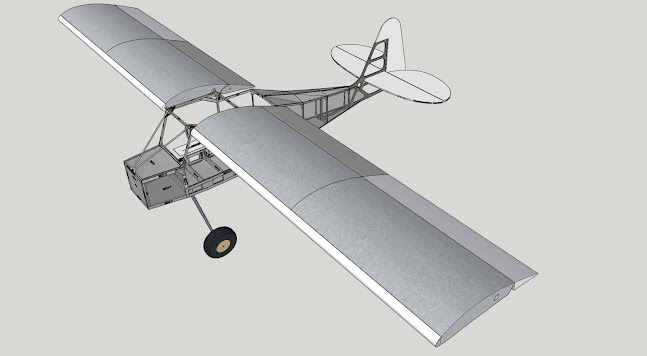I took nearly 3 weeks off. The time was spent communing with moose in Wyoming. Yeah, really, ran into 3 of the critters over the course of my camping trip. One got very close to the blue chair that I was sitting in, and a few moments later I took this pic.
Nice lady, isn't she? She's a pretty big gal, and she's definitely looking at me. Defnitely looking bigger than I remember moose to be.
Which, of course, naturally leads me to my topic of inflation & a small electronic business. (Sorry for the abrupt turn.)
I've seen social media posts talking up a general mistrust in "supply chain issues", especially as it relates to electronics. Such as electronics for automotive production, or in my case, experimental avionics. Some people mock the reality of these issues.
Here's my reality.
Around two years ago, I started using a very accurate air pressure sensor, as a basis for the air speed sensor within my line of aircraft instrumentation. Drilling down to the exact part in question, it is a Honeywell SSCDRRN100MDAA5. It accepts a Pitot line (from the ram air) and also a static line (used to establish the differential pressure), thus providing a basis for digitization and eventual display of airspeed in the cockpit of the airplane.
Here is the invoice from two years ago:
And you can see that I paid $31.52 for each sensor.
Here's the invoice from today, as I bought parts to fill orders from customers.
Over the course of 24 months, the price has gone up from $31.52 to $53.79, an increase of 70% on this part.
Yes, I bought less. And other electronic distributors are posting lower prices than Mouser, from whom I most recently ordered. But the other distributors have zero stock.
You can see this for yourself by using the global chip finder which is: FindChip.com, and inserting the part number SSCDRRN100MDAA5 into the search field. Every part in the distribution system on the planet will show up. Most distributors have zero stock; the ones that have parts have high prices. Pick your poison: ship nothing and suffer; or buy parts and kill your margins.
Meanwhile, I have not passed any cost increases on to my channel or distributors. And I'm going to be the bad guy by eventually passing these increases on... except I'm not. I'm just a small businessman trying to maintain margins, on average, across the board.
Which gets me to the bad news: The promotional prices for Radiant Instruments Gen-2 instruments ends at the end of September. Our older instrument product line will also go up in price starting October 1. As of this writing, Aircraft Spruce has placed some orders at lower prices, and so they will be receiving some stock of our classic instruments (for instance, Radiant Turn Coordinator) and will be able to honor older pricing while their inventory holds together. You can always find out what's in stock at Aircraft Spruce by searching Radiant in their website search bar. Most of our product line comes up, and things that are in stock are identified.
Arrgh.
Back to production tasks, now. I promised Kathy that we would ship some orders tomorrow.
...Hoping to repair the gross margins next month as prices go up. Hoping people still buy my stuff.
Best Regards,




























